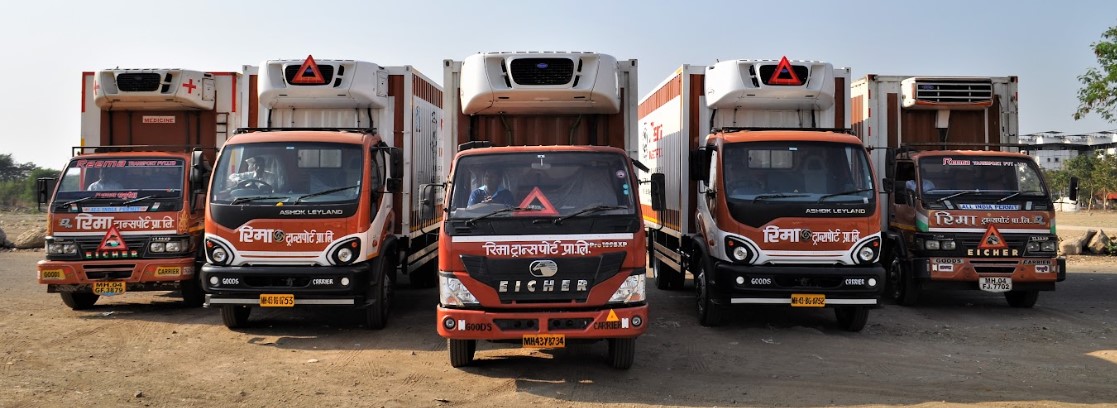ICRA expects the domestic commercial vehicle (CV) industry’s wholesale volumes to witness a YoY growth of 3-5% in FY2026, demonstrating some recovery. This follows a flat volume movement estimated in FY2025, marred by the demand slowdown in the first half of the fiscal due to the General Elections.

Commenting on the outlook for the industry, Kinjal Shah, Senior Vice President & Co-Group Head, ICRA, said: “Resumption of construction and infrastructure activities, steady rural demand along with higher replacement sales stemming out of ageing fleets and Government mandates are the likely driving factors to propel the said volume expansion towards the end of FY2025 and through FY2026. ICRA expects the long-term growth drivers for the domestic CV industry to remain intact. The sustained push in infrastructure development (evidenced by the higher infrastructure capital outlay in the recent budgetary allocation), a steady increase in mining activities and the improvement in roads/highway connectivity are expected to support volumes going forward. The replacement demand would also remain healthy, primarily due to the ageing fleet, estimated at ~10 years for the medium & heavy commercial vehicles (M&HCVs) and is expected to aid the industry volume expansion in the medium term.”
Among the various sub-segments, the M&HCV (trucks) wholesale volumes are likely to grow by 0-3% YoY in FY2026 after seeing a flattish growth or marginal contraction in FY2025. Resumption of construction and infrastructure activities is likely to aid the low YoY volume increase in FY2026. The segment reported an ~7% YoY contraction in 9M FY2025, with the tipper volumes contracting by ~11% YoY, and the haulage and tractor-trailer sub-segments each declining by 5% YoY.
Wholesale volumes for the domestic light commercial vehicles (LCV) (trucks) are expected to see a modest 3-5% YoY expansion in FY2026, after registering a flattish growth or marginal contraction in FY2025. Resumption of infrastructure and construction activities, coupled with an improving economic environment are likely to remain the key drivers for the segment’s growth in FY2026. The segment witnessed a decline of 3% on a YoY basis in 9M FY2025, on account of factors such as a high base effect, sustained slowdown in e-commerce and cannibalisation from electric three-wheelers (e3Ws).
Encouragingly, the scrappage of older Government vehicles has been driving replacement demand for the bus segment from the state road transport undertakings (SRTUs). The same is expected to result in an 8-10% YoY growth for the segment in FY2026, after an anticipated 11-14% YoY expansion in FY2025, thereby surpassing the historic high volumes of FY2013, in FY2025.
In terms of powertrain mix, conventional fuels (primarily diesel) continue to dominate the domestic CV industry with a penetration of ~88% in YTD FY2025[1], while alternative fuels (CNG, LNG and electric) accounted for the balance. Relatively higher penetration of electric vehicles (EVs) has been witnessed in the buses segment, with a penetration of 5% in YTD FY2025.
Formation of the dedicated freight corridors (DFCs) will add incremental capacity to the railways network – while ICRA anticipates the DFCs to largely impact container traffic on Western corridor, other road traffic is expected to remain relatively unimpacted. Increasing freight rates are likely to support the industry’s demand prospects. While delinquencies for both new and used CV portfolios have moderated from their respective peaks from the pandemic period and have remained steady over the last four quarters, the movement in the same remains a key monitorable.
Shah further added: “ICRA expects the operating profit margin (OPM) of the domestic CV original equipment manufacturers (OEMs)[2] to remain range-bound at 11-12% in FY2025 and FY2026 compared to 10.7% in FY2024, with factors such as favourable raw material expenses, price hikes undertaken by CV OEMs and other cost rationalisations expected to lend some support to the profitability.”
Mandatory installation of air-conditioned cabins for trucks from October 2025 onwards (which is likely to increase the vehicle prices by Rs. 20-30,000) is one of the key upcoming regulatory interventions in the domestic CV industry. The capital expenditure (capex) and investments for the industry are likely to increase to ~Rs. 58-60 billion in FY2025 and FY2026, against ~Rs. 34 billion in FY2024. These will be mainly towards product development, especially in the areas of alternate powertrains, technology upgradation and maintenance-related activities.
ICRA expects the credit metrics of the industry to demonstrate a gradual improvement in FY2026, aided by steady profitability and contained debt levels. With this, ICRA estimates the Total Debt/ OPBITDA and interest coverage for the industry to gradually improve to 1.0 – 1.2 times and 8.0 – 8.5 times, respectively, in FY2026. Overall, the coverage metrics for FY2026 are projected to remain comfortable, and better than the FY2020-FY2023 periods.